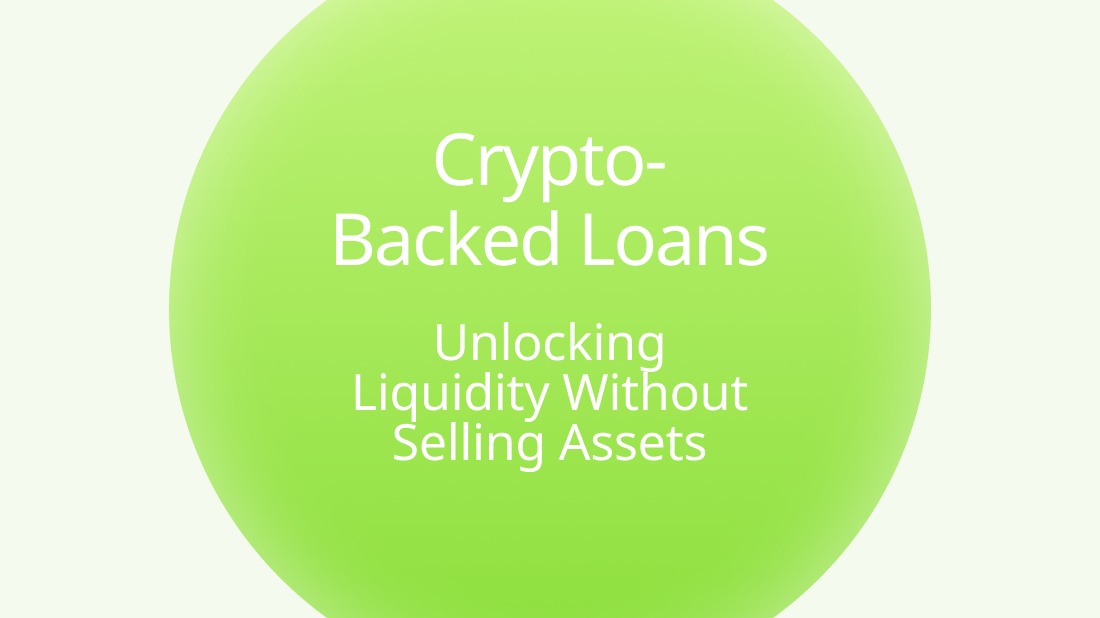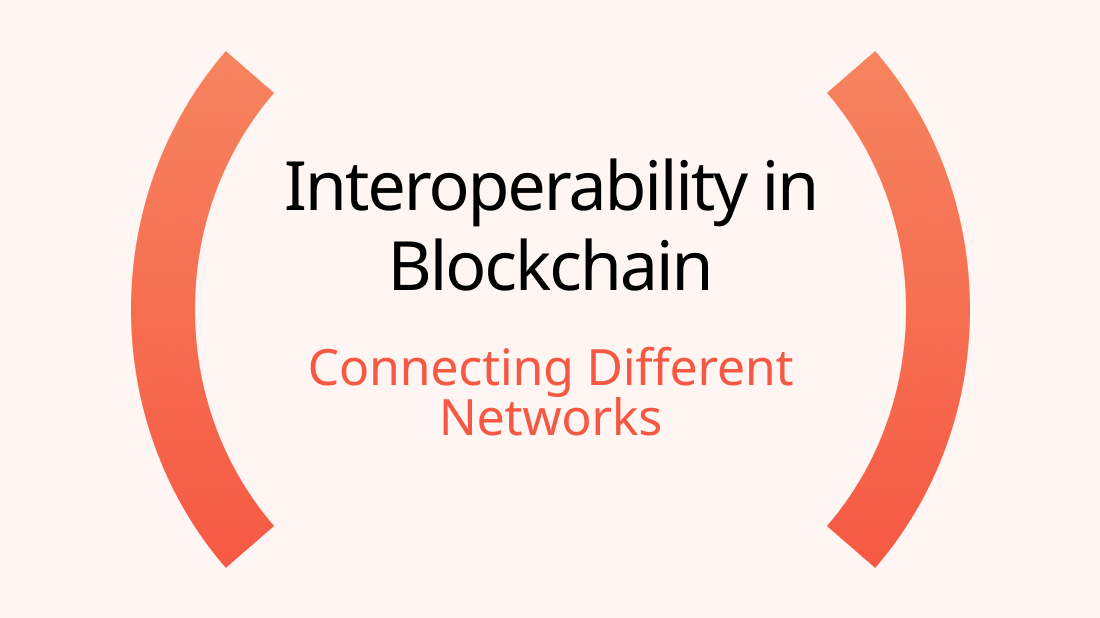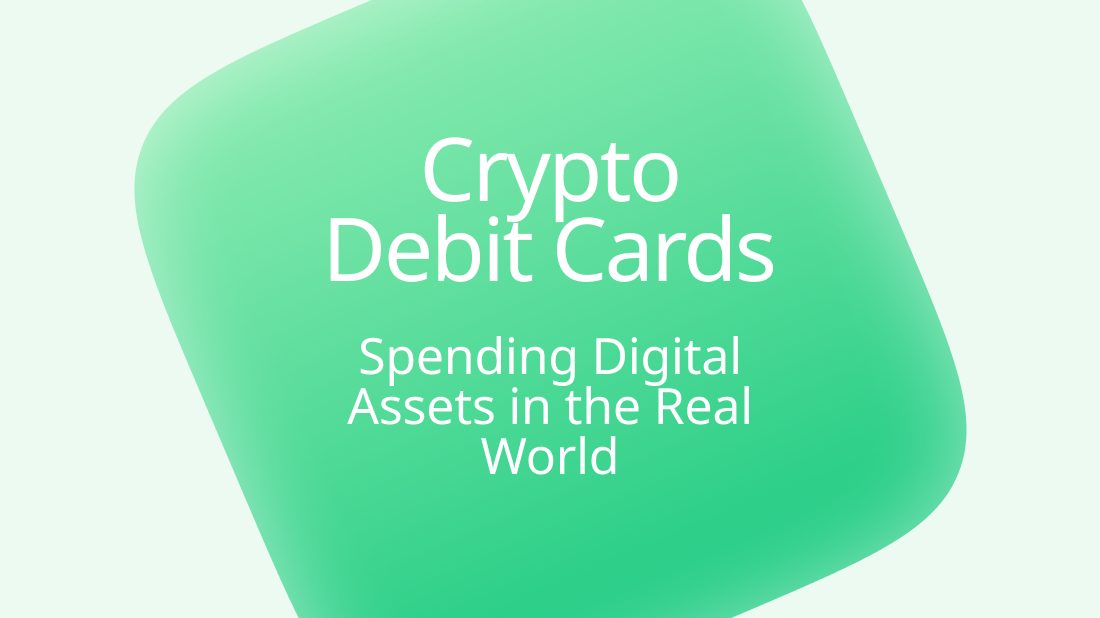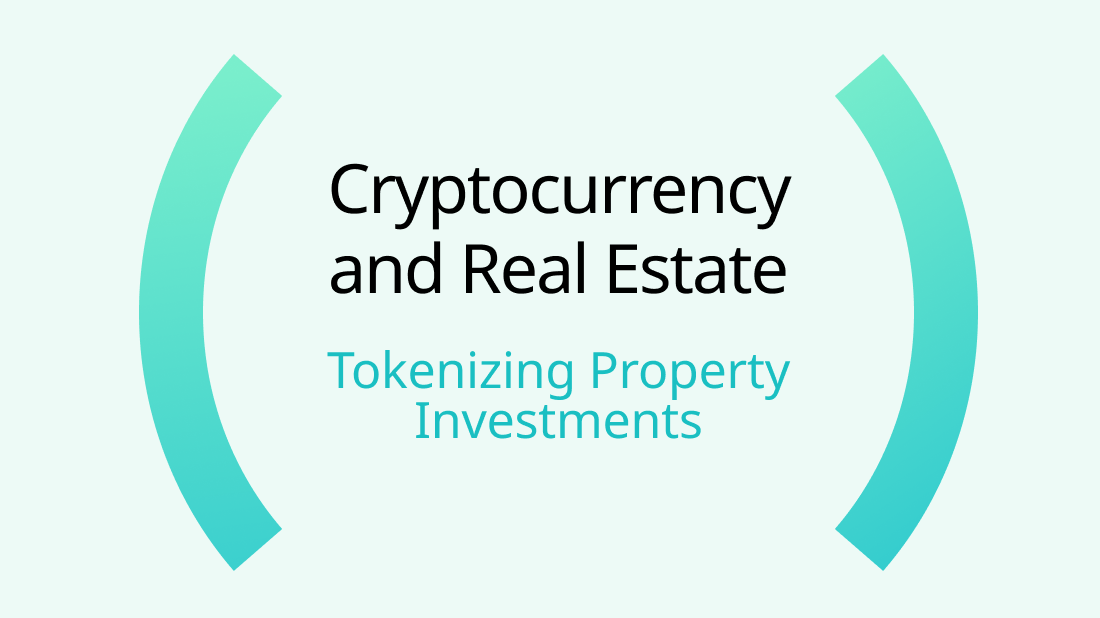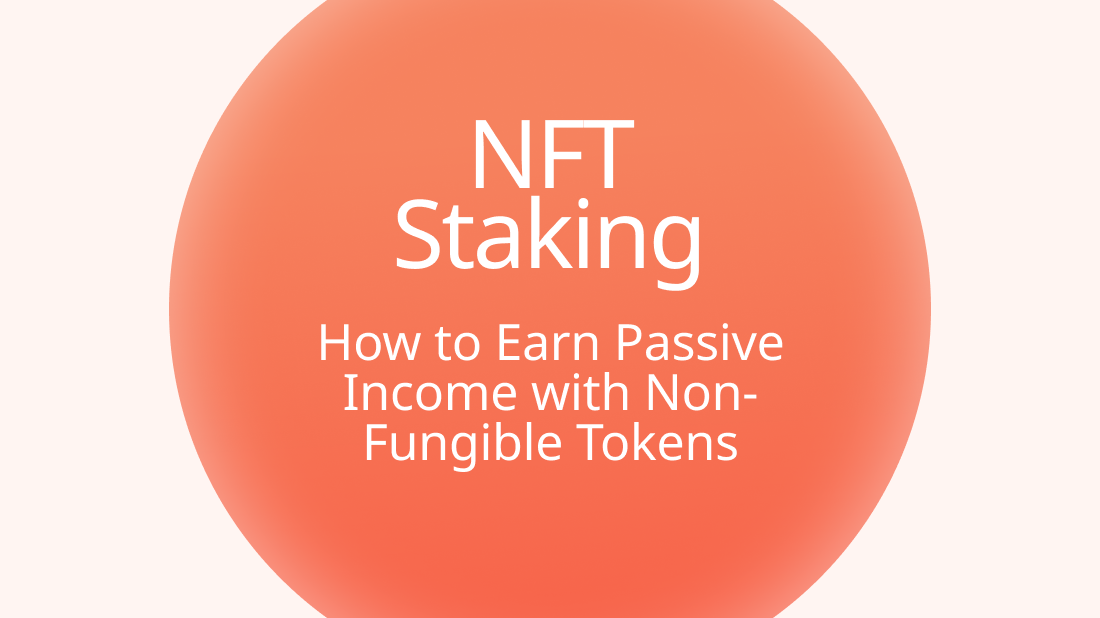Tokenization of Assets: Unlocking Liquidity for Businesses
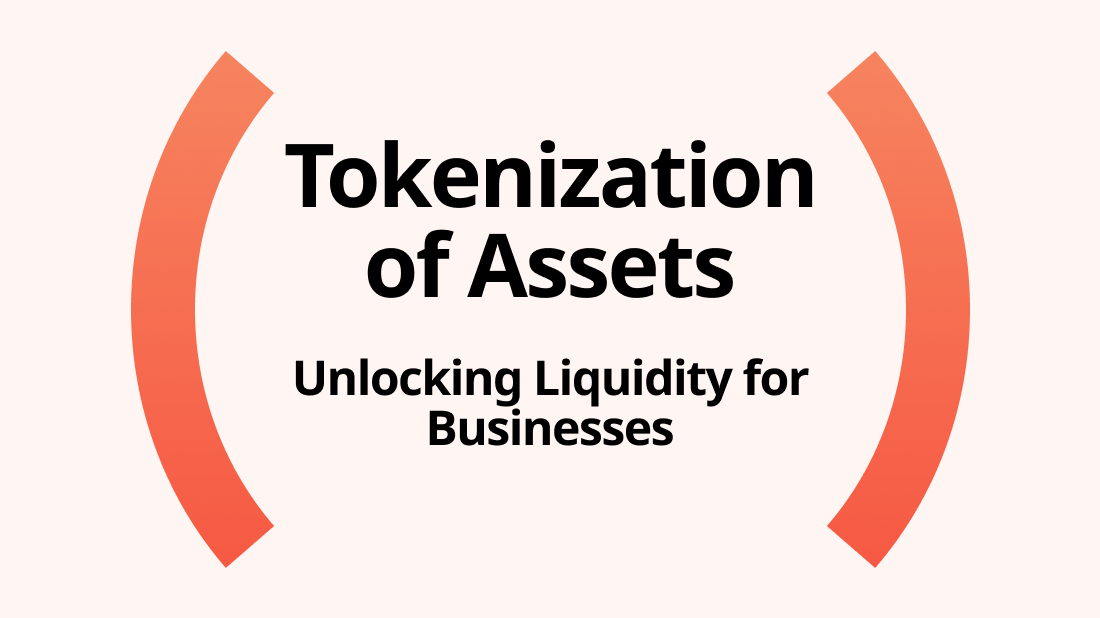
In the ever-evolving landscape of finance, the concept of tokenization has emerged as a transformative force, reshaping traditional notions of ownership and investment. Tokenization involves the conversion of real-world assets into digital tokens on a blockchain, enabling fractional ownership and transferability. This innovative approach has profound implications, particularly in unlocking liquidity for businesses. In this article, we will explore the benefits of tokenization and how it opens up new funding opportunities by providing businesses with a powerful tool to enhance liquidity.
Understanding the Basics of Asset Tokenization
Tokenization is the process of converting tangible and intangible assets, such as real estate, art, company shares, or even intellectual property, into digital tokens. These tokens are then issued and recorded on a blockchain, providing a secure and transparent ledger of ownership.
Blockchain technology ensures the immutability and transparency of tokenized assets. Each transaction is recorded on a decentralized ledger, making it tamper-resistant and providing a clear history of ownership transfers.
One of the key advantages of tokenization is fractional ownership. Investors can own a portion of an asset represented by tokens, enabling a more inclusive and accessible investment model.
Benefits of Tokenization for Businesses
- Enhanced Liquidity:
Unlocking Value:
Tokenization allows businesses to transform illiquid assets, such as real estate, into tradable digital tokens. This democratizes access to investments and unlocks previously untapped value.
Secondary Markets:
Tradable tokens enable the creation of secondary markets where investors can buy and sell their ownership stakes. This liquidity empowers investors and provides businesses with a dynamic funding ecosystem.
- Accessibility and Inclusivity:
Global Reach:
Tokenization breaks down geographical barriers, allowing investors from around the world to participate in fractional ownership. This expands the investor pool and attracts diverse funding sources.
Accessible Investments:
Fractional ownership makes high-value assets accessible to a broader range of investors, including retail investors who may not have the capital to acquire entire assets.
- Efficiency and Reduced Friction:
Streamlined Transactions:
Blockchain-powered tokenization facilitates efficient and automated transactions. Smart contracts execute predefined conditions, reducing administrative overhead and enhancing the speed of asset transfers.
24/7 Trading:
Tokenized assets can be traded 24/7, providing flexibility and responsiveness to market demand. This continuous trading cycle enhances the efficiency of asset management.
- Improved Market Transparency:
Real-Time Updates:
Blockchain provides real-time updates on ownership and transactions. This transparency builds trust among investors, reduces the risk of fraud, and enhances the credibility of tokenized assets.
Clear Ownership Records:
The immutable nature of blockchain ensures clear and unambiguous ownership records. This clarity is particularly valuable in complex transactions involving multiple stakeholders.
- Cost-Efficient Fundraising:
Reduced Intermediaries:
Tokenization minimizes the need for intermediaries in the fundraising process. Smart contracts automate various functions, reducing administrative costs and enhancing cost efficiency.
Fractionalized Investment:
By allowing fractionalized ownership, businesses can attract a larger number of investors, each contributing a smaller amount. This diversification of funding sources can mitigate risks for businesses.
Digital Assets Tokenization in Action
- Real Estate Tokenization:
Unlocking Real Estate Value:
Tokenization has been particularly impactful in the real estate sector. Property owners can tokenize their assets, allowing investors to own fractions of prime real estate, thereby unlocking liquidity and expanding investment opportunities.
Example: The St. Regis Aspen Resort in Colorado was tokenized, allowing investors to gain exposure to the luxury property without having to buy the entire asset.
- Equity Tokenization:
Democratizing Ownership:
Startups and businesses can tokenize company shares, providing an alternative to traditional equity financing. This democratizes ownership by allowing a broader investor base to participate.
Example: A startup may tokenize a portion of its equity, allowing investors to buy and trade ownership stakes in the company on a blockchain.
- Art and Collectibles Tokenization:
Accessible Art Investments:
Tokenization has disrupted the art market by making high-value artworks accessible to a wider audience. Investors can own a fraction of a masterpiece, promoting inclusivity in the art investment space.
Example: Maecenas, a blockchain-based platform, allows users to buy and trade shares in high-value artworks.
How to Implement Digital Asset Tokenization
- Legal Compliance:
Understand Regulatory Environment:
Before tokenizing assets, businesses must understand and comply with the regulatory environment in their jurisdiction. Legal frameworks for digital securities and tokens vary, and adherence to regulations is crucial.
- Asset Valuation and Fractionalization:
Determine Asset Value:
Conduct a thorough valuation of the asset to be tokenized. Fractionalize the asset into tradable units, ensuring that each token represents a proportionate ownership stake.
- Smart Contract Development:
Implement Smart Contracts:
Develop smart contracts that govern the tokenization process. Smart contracts automate the issuance, transfer, and redemption of tokens based on predefined conditions.
- Choose a Blockchain Platform:
Select a Suitable Blockchain:
Choose a blockchain platform that aligns with your business needs. Ethereum, Binance Smart Chain, and other blockchain networks offer tokenization capabilities.
- Token Offering and Distribution:
Launch Token Offering:
Conduct a token offering, allowing investors to purchase tokens in exchange for capital. Distribute the tokens to investors' wallets once the offering is complete.
- Trading Platform Integration:
Integrate Trading Platforms:
Collaborate with cryptocurrency exchanges or create a dedicated trading platform for the tokenized assets. This step is crucial for creating liquidity and enabling secondary market trading.
Interesting Facts About Digital Asset Tokenization
Security Token Offerings (STOs):
Security Token Offerings, a form of fundraising using tokenized securities, have gained popularity as a regulated and compliant alternative to Initial Coin Offerings (ICOs).
Tokenization in Traditional Finance:
Traditional financial assets, such as stocks and bonds, are increasingly being tokenized to leverage the benefits of blockchain technology in the conventional financial sector.
Global Investment Impact:
The global market for tokenized assets is expected to grow significantly, with estimates suggesting a market size of over $5 trillion by 2025, according to a report by Deloitte.
Conclusion: A Paradigm Shift in Ownership and Funding
The tokenization of assets represents a paradigm shift in how we perceive ownership and conduct fundraising. By digitizing real-world assets and allowing fractional ownership, businesses can unlock liquidity, attract a diverse range of investors, and streamline transactions. The benefits of tokenization extend beyond traditional financing models, offering an inclusive and efficient approach to funding.
As blockchain technology continues to mature and regulatory frameworks evolve, the adoption of digital asset tokenization is poised to accelerate. The future of finance is becoming more decentralized, accessible, and transparent, with tokenization at the forefront of this transformation. For businesses looking to innovate in the realm of finance, embracing the potential of tokenization can be a strategic move towards unlocking liquidity, democratizing investment, and ushering in a new era of financial possibilities.



